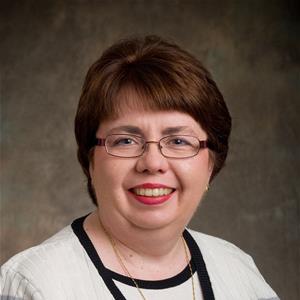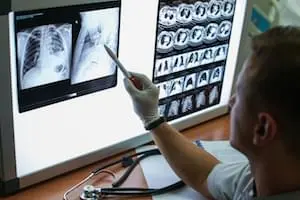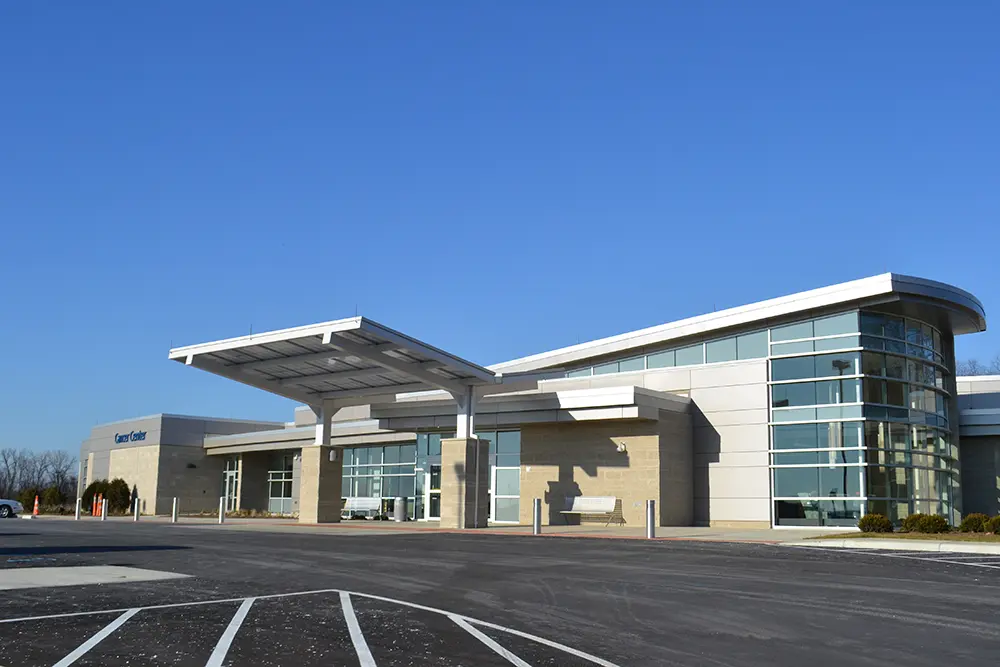More people die from lung cancer than prostate, breast, colon and rectal cancers combined. If left undetected until advanced stages, the prognosis for lung cancer is poor. That’s why Adena is dedicated to providing you with early detection, prompt management and advanced treatment for lung cancer. Some facts about lung cancer:
- More than 150,000 people die from lung cancer each year in the United States
- More than 10,000 cases of lung cancers were diagnosed last year in Ohio
- Ohio has the 14th highest mortality rate in the U.S. in terms of lung cancer
- Lung cancer is deadly in both men and women
However, you can greatly reduce your risk for lung cancer by not smoking, eating healthy, exercising regularly and limiting your exposure to environmental factors and second hand smoke.
Adena Lung Nodule Program
If you have a CT scan or chest X-ray and your doctor finds a nodule, or spot, on your lung, the Adena Lung Nodule Program is a program that includes further testing and monitoring. A nodule may be non-cancerous, but through the program, a pulmonologist will monitor it so that if it becomes cancerous over time, it can be treated early.
When a doctor refers a patient to the program, the patient will be seen within 48 hours. State-of-the-art imaging services, including bronchoscopy and CT-guided biopsy using a 128-slice CT scanner, are used to monitor lung nodules for earlier detection.
If you’re a smoker, consider talking to your doctor about a chest CT scan.
To learn more about the Adena Lung Nodule Program, call Adena Pulmonology at 740-779-8700.
Screenings & Diagnosis
Adena Health System is offering lung cancer screenings for patients most at risk for the number one killer of all cancer patients. The lung cancer screening is a simple, painless, low dose CT chest scan. With early screening and detection, those in the screening population who are without symptoms, have a lung cancer survival rate of up to 80 percent.
Patients who benefit most from lung cancer screening are: those between the ages of 50-80; quit smoking fewer than 15 years ago; and have 20 “pack years” of smoking in their recent or distant past. A “pack year” is calculated by taking the number of packs of cigarettes smoked per day and multiplying it by the number of years the person smoked. Therefore, a two-pack a day smoker, who smoked for 15 years is considered a 30-pack year smoker and should be tested. If you're interested in having a lung cancer screening please call (740) 542-LUNG (5864).
There are two main types of lung cancer — small cell and non-small cell — which are treated very differently. The third type, carcinoid tumors, is rare. The course of treatment for these cancers is based largely on the cancer’s stage, which is determined by the size of the tumor and whether it has spread to the lymph nodes or other organs in the body. The location of the tumor plays a role as well. As with other types of cancer, the earlier lung cancer is detected, the better.
| Cancer Type | About | Diagnosis | Treatment Options |
| Small Cell Cancer | Representing about 10 to 15 percent of all lung cancers, it commonly starts in the bronchi near the center of the chest. These cancer cells can divide quickly and form large tumors. They can also spread to lymph nodes and other organs. Typically not found until symptoms (such as a cough that doesn’t go away, hoarseness, coughing up blood or shortness of breath) develop. | Through imaging tests such as a chest X-ray, CT scan, MRI as well as a test (such as a biopsy) that collects cells for examination under a microscope. | Surgery is seldom an option for this type of lung cancer because of how quickly it spreads. Chemotherapy is a common option because it can treat cells throughout the body. |
| Non-Small Cell | The most common form of lung cancer, this type tends to grow and spread more slowly. Typically not found until symptoms (such as a cough that doesn’t go away, hoarseness, coughing up blood or shortness of breath) develop. | Through imaging tests such as a chest X-ray, CT scan, MRI as well as a test (such as a biopsy) that collects cells for examination under a microscope. | Surgery (to remove a part of the lung or the whole lung) is often an option for those whose cancer hasn’t spread past nearby lymph nodes. Depending on the cancer, chemotherapy after surgery may be needed. If the cancer has spread, chemotherapy alone or a combination of chemotherapy and radiation is used. |
| Carcinoid Tumors | Representing about 1 to 2 percent of all lung cancers, this rare type of tumor is a relatively slow-growing cancer. Symptoms will vary depending on where the tumor is located, but include coughing, wheezing or trouble breathing. | Through imaging tests such as a chest X-ray, CT scan, MRI as well as a test (such as a biopsy) that collects cells for examination under a microscope. | The stage of the cancer and other factors affect whether surgery, radiation, chemotherapy or other drugs are called for. |
Treatment
Support and Resources
Because no one should have to go through the journey alone, we offer support groups and nurse navigators to help guide you along your way.
Our Patient Navigators not only provide comfort and answer patients’ questions, but also take the burden from patients by scheduling appointments and procedures. Patient Navigators work with multiple departments to make sure patients receive the care they need as quickly and efficiently as possible. Patient Navigators also give patients a printed schedule of appointments, tests and procedures.
Along with our Patient Navigators, there are also support groups designed to help you along the way. You can ask questions, talk to others who have been in your shoes before or just listen.
Tammy McManus BSN, RN, OCN, lung cancer nurse navigator
 Tammy has been a nurse for 33 years and with Adena Oncology Services for 28 of them. During her career, she has had the opportunity to serve in many different roles: manager, interim director, clinical trials nurse, and chemotherapy infusion nurse. She
became the colorectal nurse navigator in 2010 and became the lung cancer nurse navigator in 2011. “The navigator position is unique because the field of oncology is always changing and patients can easily become confused or lost in the system,”
McManus says. “I get to guide them through the entire process, from diagnosis to treatment, and provide emotional and spiritual support along the way.”
Tammy has been a nurse for 33 years and with Adena Oncology Services for 28 of them. During her career, she has had the opportunity to serve in many different roles: manager, interim director, clinical trials nurse, and chemotherapy infusion nurse. She
became the colorectal nurse navigator in 2010 and became the lung cancer nurse navigator in 2011. “The navigator position is unique because the field of oncology is always changing and patients can easily become confused or lost in the system,”
McManus says. “I get to guide them through the entire process, from diagnosis to treatment, and provide emotional and spiritual support along the way.”
Providers
Locations
News and Resources

